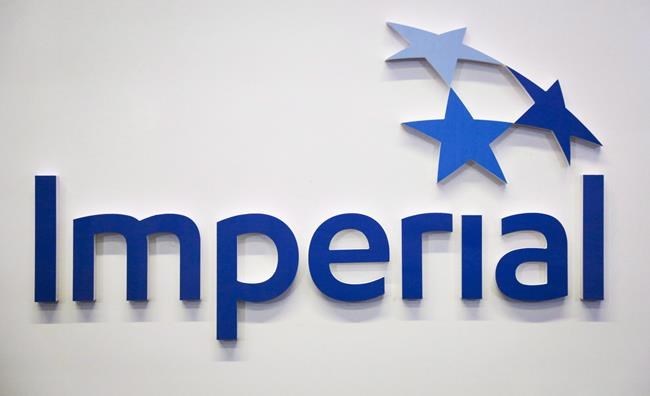Imperial Oil Ltd. has filed a plan for the interim cleanup of one of the largest oilpatch spills in Alberta history but hasn't released any details on the plan or the two toxic releases at its Kearl oilsands mine.
"(The plan) was submitted on Friday," confirmed Imperial spokeswoman Lisa Schmidt in an email Monday.
Neither Imperial nor the Alberta Energy Regulator are releasing new information about the massive spill and nearby seepage that forced the regulator to issue an environmental protection order last week.
The size of the affected area and the total amount of the releases is unknown.
A spokeswoman for the regulator said it can't release any information while it's investigating how more than 5,000 cubic metres of tailings overflowed from a dam at Imperial's Kearl site north of Fort McMurray. That alone would make it one of Alberta's largest spills, but Imperial must also deal with a separate but nearby seepage of an unknown amount of toxic tailings into groundwater, which has also pooled on the surface.
"On Nov. 29, 2022, Imperial Oil confirmed that the substance … is industrial wastewater and is seeping from its external tailings area through a common fill layer placed during construction, mixing with shallow groundwater, and coming to surface," says the order from the regulator.
The seepage has been going on since at least May and continues. It exceeds federal and provincial guidelines for iron, arsenic, sulphates and hydrocarbons that could include kerosene, creosote and diesel.
Imperial submitted a cleanup plan in December. But the regulator ruled that plan wouldn't get rid of the mess until after the spring melt, which could send the contaminants into the nearby Firebag and Muskeg Rivers. The plan submitted Friday was to indicate how spill remediation could be complete before then.
Imperial's plan is supposed to include ways to stop and clean up both the leak and seepage as well as outline a plan to communicate it to the public. Although information released so far suggested there have been no wildlife impacts, the plan is also to to study those effects and include a "plan for the humane euthanasia of impacted fish and wildlife."
In 2011, Plains Midstream pleaded guilty to three environmental charges and was forced to pay fines of about $1.3 million after a slightly smaller pipeline spill contaminated more than three hectares of beaver ponds and muskeg with crude oil.
Evidence that oilsands tailings have been seeping into groundwater dates back to at least 2009.
In 2014, published research from federal scientists confirmed oilsands process-affected water had reached groundwater and was probably leaching into the Athabasca River. At the time, the Alberta government said the research was of interest but didn't confirm anything.
In 2020, a group reporting to the United Nations Educational, Scientific and Cultural Organization said there was "scientifically valid evidence" the tailings ponds were contaminating groundwater. The government said it was reviewing the report but didn't find the evidence conclusive.
This report by The Canadian Press was first published Feb. 13, 2023.
— Follow Bob Weber on Twitter at @row1960
Bob Weber, The Canadian Press



